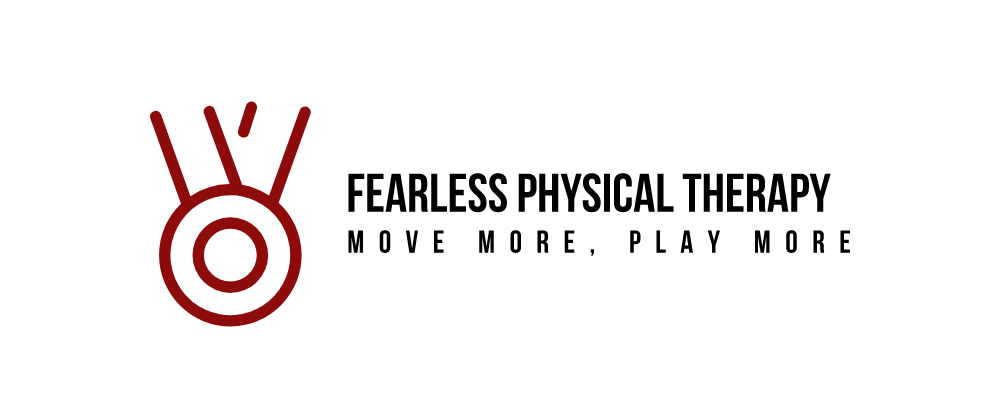“My knee is really stiff in the morning. My knee pops all the time. Walking more than a few minutes makes my knee hurt too bad. Going up the stairs hurts my knee. Getting up from the toilet is hard on my knee. I can’t squat because of my knee. Running makes my knee hurt.”
I hear these phrases frequently in the clinic. The knee serves two main purposes: providing stability during weight bearing and mobility during functional activities. The knee is located between two the hip and ankle. Being situated between two highly mobile joints can at times create issues at the knee. The knee generally tends to compensate for problems at either joint and dysfunction at the knee tends to be due to the fact that the hip or ankle wrote a check that the knee can’t cash. There are plenty of instances of a person having a “successful” knee surgery and still present with limitations.
The knee is stabilized due to sturdy ligaments, robust muscles and the joint capsule. The ligaments in the knee are the ACL, PCL, MCL and LCL. The MCL and LCL are tight during extension and rotating the knee to the outside while the ACL and PCL are taut in the opposite directions. The hamstrings and quadriceps normally thought to work opposite of each other actually work together while weight bearing for support. Separately they do work to flex and extend the knee respectively. It should be stated that the muscles of the knee aren’t just quadriceps and hamstrings but stability is also drawn from the hip extensors and external rotators and the calf. With all the ligamentous support and a bevy of muscles to rely on the knee complex is a resilient structure.
The knee is a resilient structure and with most injuries the knee will heal. The popping sound that you may hear when walking is usually just gas being expelled from the joint. Pain with squatting or running can usually be improved with a progressive rehabilitation program emphasizing strength and mobility of the lower chain with tweaks to the person’s form while doing said activity. Even the dreaded bone on bone, which I was told at the ripe old age of 24 that I have, can be treated with conservative interventions in most cases.
Proper rehabilitation of the knee should not just include exercises lying on the bed bending and straightening the leg. The knee is a complex structure and any proper treatment should include examination and treatment of foot/ankle and the hip. Exercises should include activities such as squatting, lunging, lifting and single leg work. Remember from above the knee has a rotation component so the training should include movements moving in all directions not just front to back. Quadriceps and hamstring strengthening should also be included in the program. Generally, a rehab program will start off with building blocks: working on quad and hamstring strength in isolation, isometrics and open chain exercises. Open chain exercises are the ones where your foot is not touching the floor or a platform free to move around such as hamstring curls and the knee extension machine. Interventions will also include leg lifts with the client laying in on their sides, stomach and back. The amount of repetitions that you do should vary by what function or goal the therapist. Each exercise you do shouldn’t be just 3 sets of 10 and after the first couple of weeks you should be spending a good amount of your time in therapy standing.
Know that if therapy has become too easy for you and you are not challenged you need to let the therapist know. We appreciate feedback and want you to be an active participant in the rehab progress. When a patient comes in with physical/functional goals it is easier to come up with a program for them and they tend to be more pleased with their progress. We understand that our patients want reduced pain but reduced pain with what. Unfortunately being pain free is a nebulous goal. In life there will be some instances where you have pain. As a therapist, I and the majority in my field want to know specifics. Wanting to have reduced pain or to just be able to walk from the house to the mailbox or trash can gives us an objective measurable goal. Come in with measurable goals and expect to be an active member of your rehab progress. Understand that our clients at most are only with us about 3 hours every week and it’s usually less than that in a good week. If you really want to see improvements you have to put the work in at home. In my experience the patients that take care of business on their end by being compliant with HEP and by being active participants in their therapy tend to do better and are more likely to be pleased with the results.

Awesome read Dr. Jordan!
LikeLike
Thank Mrs. Williams. I hope you are doing well
LikeLike
Awesome read Dr. Jordan!!!
LikeLike